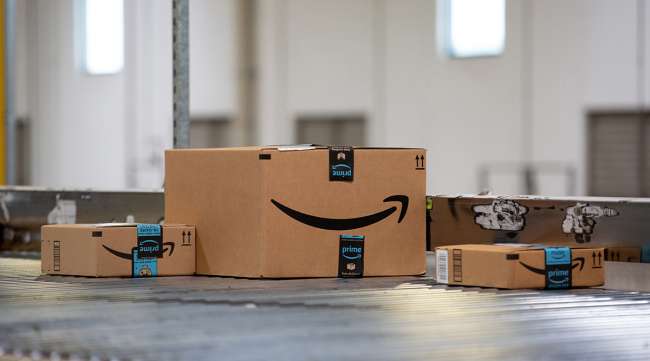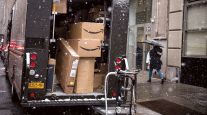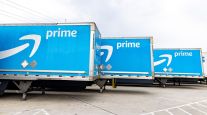Amazon Tests ‘Top Brand’ Label for Some Big-Name Fashion Sellers

[Stay on top of transportation news: Get TTNews in your inbox.]
Amazon.com Inc. is designating products sold by certain companies as “top brands,” a test that if widely implemented could ease tension between the online retail giant and big-name companies used to favorable positioning at brick-and-mortar retailers.
The company appended a “top brand” label to products from Speedo, New Balance, Under Armour and Fruit of the Loom in some product search results, Marketplace Pulse, a New York e-commerce research firm, said on Friday.
An Amazon spokeswoman confirmed the company is testing the label on fashion items, basing the designation on brands that are popular with customers. She said brands don’t pay for the label.
Amazon already labels certain products “best sellers” or “Amazon’s Choice,” designations that the company says take into account factors like availability, customer reviews and pricing. Shoppers often see such markers as endorsements, which can boost sales, analysts say.
The criteria Amazon uses to determine whose products earn those badges have attracted the attention of critics and government officials amid a renewed focus on the market power of online platforms. Critics say the logic behind the labels isn’t always transparent to consumers or brands and fear Amazon could use them to prop up its growing range of private labels.

Kaziukenas
In a blog post on Friday, Marketplace Pulse CEO Juozas Kaziukenas said that the top brand label could act much like the account verification badges used by Instagram or Twitter, which are designed to connote legitimacy. The label, if implemented, could have “substantial impact on how shoppers decide which products to buy,” or how brands compete against cheaper private-label products, Kaziukenas said.
Amazon accounts for about 40% of online sales in the U.S., according to researcher EMarketer Inc. and fueled the growth of e-commerce. But the free-for-all of its digital shelves dented the cachet some consumers assign to big brand names. Research by Marketplace Pulse earlier this year showed that roughly 1 in 5 product searches on Amazon included a brand name; more often, customers were content to thumb through Amazon’s catalog.
Consumer goods makers have long complained that Amazon’s Marketplace, which lets independent sellers list their products on Amazon, opened the door to widespread counterfeiting. Amazon has responded with programs designed to give brand owners more control over how their products appear on the site, including the ability to delete some suspect listings or report them to the company.




